
Over the last few years merino wool has become the new craze in base layers, claiming (when compared to synthetic base layers) the very desirable properties of natural feeling, odor resistance and eco-friendliness.
I was lucky enough to get the chance to put some of these claims to the test this back in May, taking a full set of Chocolate Fish Taranaki merino base layers (leggings, boxers and top) to Alaska for a month of camping on a glacier and possibly some climbing. However, not having used merino before, the thought of weeks without access to any kind of washing facilities made me throw a couple of sets of synthetic base layers into the bottom of my kit bag in reserve... which is where they stayed, untouched for the duration of the trip.
"The cut of all three garments is superb..."
What are the differences between merino wool and synthetic baselayers?
Here are some points to consider:
- Baselayers are worn as a first layer, next to the skin and are designed to keep you warm and dry. Both merino and synthetic layers achieve this
- Wool is natural, synthetic is man-made
- Both offer warmth and draw moisture away (wick) from the wearer's skin
- Merino wool tends not to hold odors as badly as synthetic baselayers, so won't stink as much after long stints of wear
- Weight for weight wool is generally warmer than synthetic. Many people choose wool for cool weather activities such as winter mountaineering and skiing
- Synthetic base layers tend to be cheaper
- Synthetic baselayers tend to withstand more abuse with regards to washing procedures. Wool needs more care

The Taranaki (a volcano in New Zealand in case you wondered) base layers use a 190 grams per square metre, superfine merino cloth which is pleasantly light (I've never been a fan of 'winter weight' base layers) and feels very comfortable and natural on the skin.
The cut of all three garments is superb, giving a slim, neat fit without being over tight as well as providing plenty of length in the leg and arms; an area I frequently find lacking in outdoor clothing. Their first outing was a three-day trip up and over the classic North Buttress on Mount Hunter. As usual on a big Alpine route this involved everything from sweaty overheating to frigid shivering during which I'm pleased to say, I didn't once experience the grim, sticky, clammy feeling I get using synthetic base layers.
"...the best base layers I've ever used by miles..."
What about odor?
As for the smell, after a day or two airing at base camp they smelt fresh and pleasant to put back on. Subsequent use included a long hot ski, some more climbing and blizzard battle or two before ongoing poor weather urged retreat to showers and civilisation. There, unlike the rest of my mountain clothes happily abandoned to fester in storage they accompanied me on a few days travels as ideal mosquito proof hot and humid travel wear.
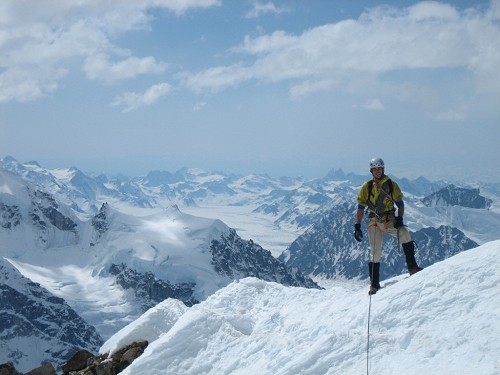
The Taranaki Zip Top
The top features a neat, long chest zip giving plenty of ventilation options and is superbly cut with good length in the body to tuck in as well as on the arms. The sleeves are snug but not tight fitting and easily pulled up if needed. As well as being extremely comfortable to wear, the fabric proved impressively tough surviving bushwacking, mosquitoes and several hundred metres of steep granite crack action, without a mark.
The Taranaki Leggings
The leggings continue the theme being extremely well cut with plenty of length and a very comfortable non-chaffing waistband.
The Taranaki Boxers
Without wishing to sound too much like a stuck record, the boxers also impress for the same reasons. Surprisingly few climbing clothing companies produce wicking smalls. I've always found this odd as unless going commando is your thing, wearing ordinary boxers in the hills almost guarantees suffering. Get a pair of these and you won't be disappointed.
Possibly the only activity for which I'll continue to use synthetics is running, where the slightly faster drying time when continuously pouring sweat, wins. For all other climbing/mountaineering/travel activities I'm sold on merino. Compared to other merino options out there, the competitive price, build quality and home grown manufacturing credentials make Chocolate Fish products a definite winner.
Conclusion
In summary, the best base layers I've ever used by miles and already up there with my favourite take everywhere, every time kit... superb.
Price: Top £52.95, Boxers £25.95, Leggings £36.95
Thanks to the Mark Clifford award, BMC and NZAC for expedition support.
What Chocolate Fish Merino say:
Our Taranaki baselayer range includes plain boxers, fly-front boxers, leggings, singlets, t-shirts, long-sleeve t-shirts and zip-necks. We also have a midweight (260 gsm) midlayer zipneck and arriving shortly is a midweight hooded pull-over. We have our own range of merino socks, beanies and neckbuffs. In addition to our own label range, we also stock merino-possum beanies, gloves and socks. All our clothing is guaranteed to be made in New Zealand.
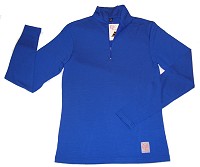
Taranaki 190 light Midlayer Zip-necks - £52.95
- 100% New Zealand merino wool
- 190gsm 18.8 micron
- Sizes: XXS-XL
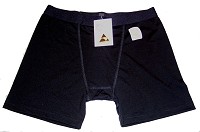
Taranaki 190 Merino Wool Fly-front Boxers - £25.95
- 100% New Zealand merino wool
- 190gsm 18.8 micron
- Sizes: S-XXL
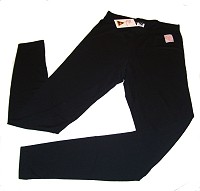
Taranaki 190 Merino wool Leggings - £36.95
- 100% New Zealand merino wool
- 190gsm 18.8 micron
- Sizes: S-XXL
To buy these products please visit: www.chocolatefishmerino.co.uk

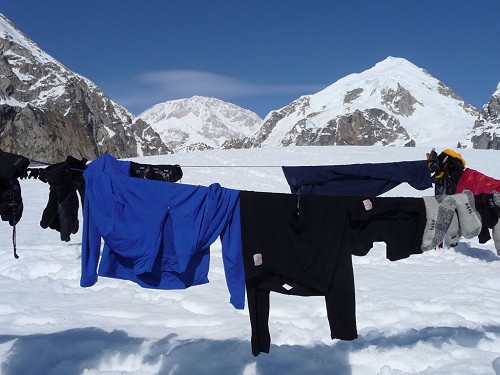
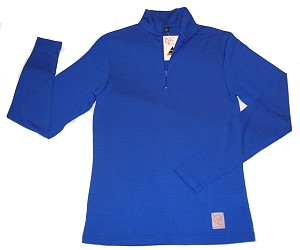
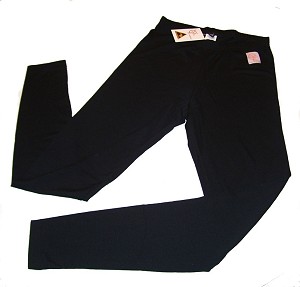
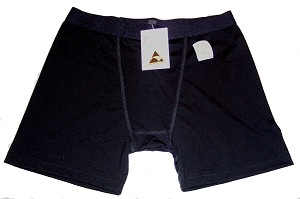

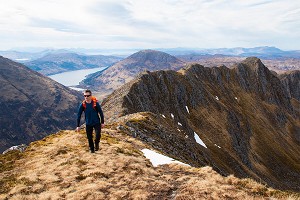
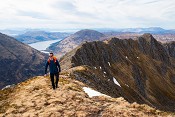
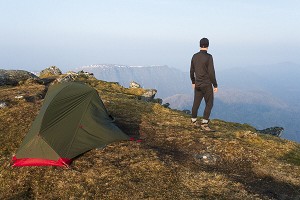
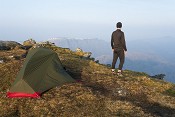
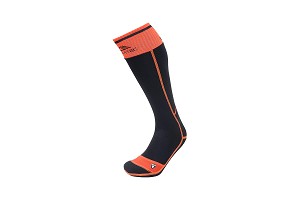
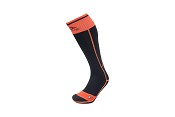
Comments